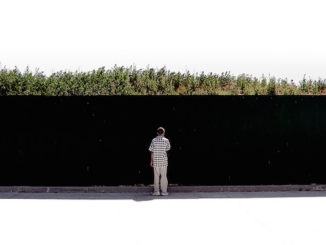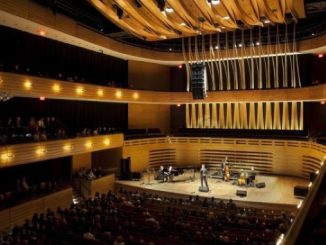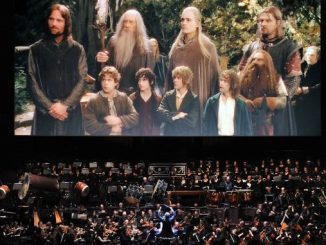While Fall 2024 may bring horrible tidings from our neighbours to the south, the arts/cultural season in New York continues apace. Perhaps, in this darkest of timelines, a bit of Puccini and Shakespeare should be the soothing balm to our weary souls…
From operatic classics to bold new Shakespeare productions, read on for our guide to New York’s best offerings of Fall 2024.
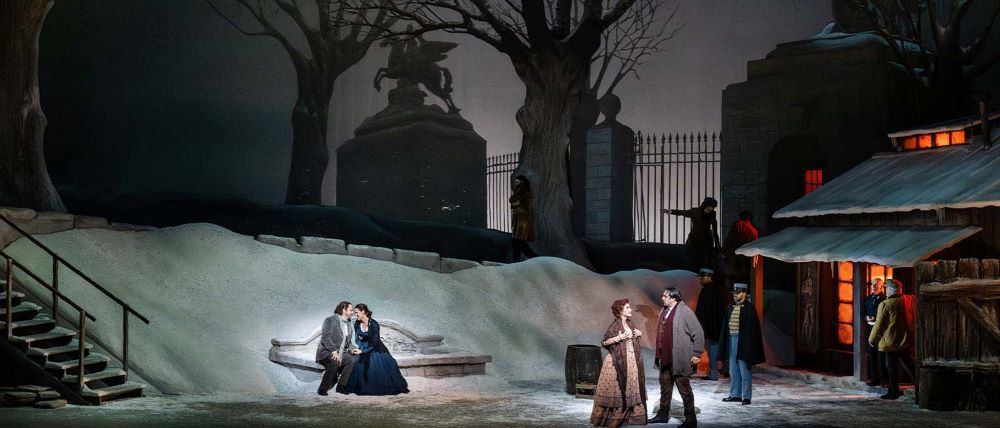
The Metropolitan Opera’s spectacular 2024-25 season brings a trifecta of world-class productions this November, celebrating a Puccini centenary and a timeless Verdi classic.
A perennial fan-favourite, Verdi’s Il trovatore (1853) has one great aria – “Di quella pira” (“Of that pyre”) – one great chorus – the so-called “Anvil Chorus” – and a whole lot of bleak horrors otherwise. I cannot pretend Trovatore has ever been one of my personal favourites, with its surprisingly disturbing subject matter – curses, infanticide, fratricide all loom large – and fewer memorable tunes than those two excerpts might suggest. Still, the Trovatore, and especially the Met’s current production, is at its best whenever its two female leads are on stage: Rachel Willis-Sørensen is fantastic as Leonora, while Olesya Petrova steals the show as Azucena, a mother sworn to revenge.
I have written before of my love for Giacomo Puccini’s Tosca (1900), the extraordinary, sweepingly dramatic tale of star-crossed lovers swept up in turbulent times. Set in Rome on the eve of Napoleon’s invasion of what was then part of the Kingdom of Naples, the action plays out over the course of two days and two nights in June 1800. In the Met’s production, rising star tenor Freddie De Tommaso is stellar as the artist Cavadarossi, whose love for Tosca (Norwegian superstar soprano Lise Davidsen) is threatened by the jealous machinations of sadistic police chief Scarpia (the always-excellent Quinn Kelsey). Perfect renditions of opera favourites – “E lucevan le stelle” for de Tomasso and “Vissi d’arte” for Davidsen – make this one of the Met’s biggest draws in recent years.
Also a major, if recurring draw, is fellow Puccini masterpiece La bohème (1895). Franco Zeffirelli’s 1981 staging, perhaps the most successful staging of any opera in history, returns this year on the occasion of the centenary of Puccini’s death. The hype surrounding the Zeffirelli Bohème is absolutely warranted, eliciting applause from audiences blown away by its Act 2 recreation of Paris’s Latin Quarter… and struck dumb by the beauty of the third-act winter scene. This year’s remount, with the superb soprano Ailyn Pérez as title character Mimi, is a reminder of what makes this opera – and this specific production – such timeless classics. Pérez’s “Si, mi chiamano Mimi” (They Call Me Mimi) is nearly as touching as tenor Dmytro Popov’s “O soave fanciulla” (Oh Gentle Maiden) in the role of romantic lead Rodolfo.
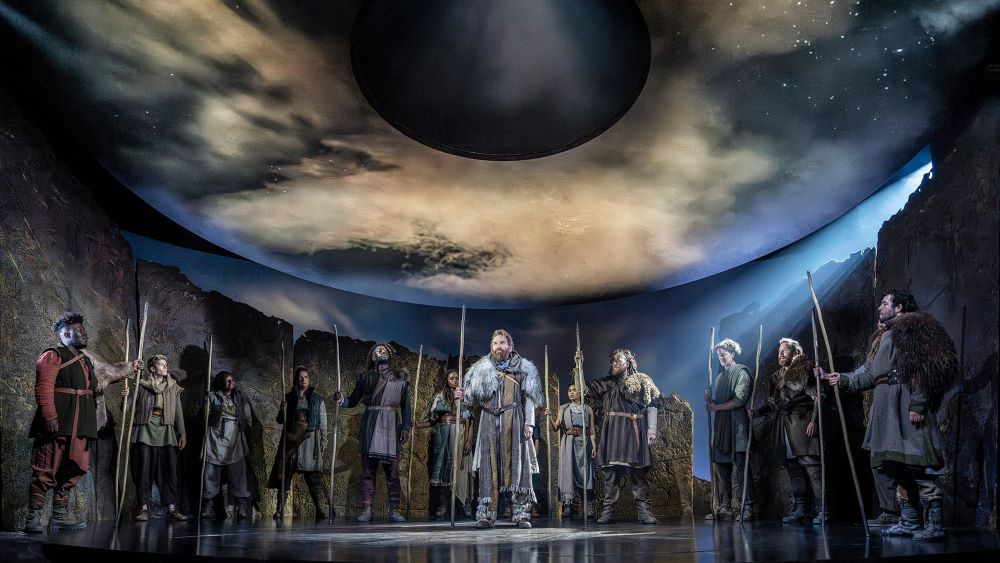
Kenneth Branagh makes a rare Broadway appearance in this severely truncated King Lear, imported from Wyndham’s Theatre in London.
Co-directed by Branagh, Rob Ashford, and Lucy Skilbeck, this adaptation strives for the cinematic, whittling the play down from four hours to two, and deploying leading-edge audio-visual tech for its (admittedly impressive) space age/prehistoric design. (Check out that eyeball staring down at you from above.)
But what this Lear gains in momentum it loses in structure, with subplots and character motivations so thinly drawn it’s often unclear who is doing what, or why. Branagh is great, as always, but an incomplete Lear is still an incomplete Lear.
Branagh and Ashford’s previous collaboration, the stellar Macbeth for the Manchester International Festival, was far more interesting. King Lear runs through December 15, 2024, at The Shed.

Right now, visitors to London are making their way in droves to the National Gallery’s Van Gogh: Poets and Lovers, the undisputed blockbuster art event of the season. But next year, it will be Siena: The Rise of Painting: 1300–1350 which brings Londoners in.
Lucky for us then, over this side of the pond, Siena makes its debut at the Metropolitan Museum of Art, running now through January 26, 2025. Celebrating an exceptional moment in the history of European art, it features early Renaissance artists such as Duccio, Pietro, Ambrogio Lorenzetti, and Simone Martini, and is an extraordinary showcase for the glittery, innovative works that arose in the northern Italian city… until the plague wiped out most of its population, including several of the artists featured here.
Highlights include several reconstructed altarpieces, pieced together from collections all across the globe, as well as Barna da Siena’s “The Mystic Marriage of Saint Catherine” (MFA Boston).

Any trip to New York is incomplete without a visit to Carnegie Hall. November’s highlights include superstar violinist Maxim Vengerov, super-superstar pianist Mitsuko Uchida, and guest appearances from two of the world’s Top Five orchestras. While we sadly missed out on the Royal Concertgebouw earlier this month, we were lucky enough to catch the Berlin Philharmonic with violinist Vilde Frang.
Frang, subbing in last-minute for an injured Hillary Hahn, was simply marvellous in a performance of Korngold’s Violin Concerto (1945). Better known in his lifetime as a film composer – he won two Oscars and has been cited as an inspiration by John Williams (also recently seen at Carnegie) – Korngold’s Violin Concerto remixes several of his Hollywood themes to great effect.
Also excellent was the Philharmonic’s rendition of Rachmaninoff’s The Isle of the Dead (1909/1929). Inspired by the 19th century painting Die Toteninsel by Arnold Böcklin – which sits on permanent display at the Met – the Isle is eerie, dramatic, and a symphonic showcase.
But the showstopper of the program was no less than Dvořák’s Symphony No. 7 in D minor, Op. 70, B. 141 (1885), widely regarded as one of the great symphonies of all time. While I remain partial to Dvořák’s Ninth (the “New World Symphony”), there’s no question that the 7th is a remarkable accomplishment. Dramatic, but with space to breathe in its quieter moments, there’s a reason it’s considered among the best of the form.
WHAT’S NEXT
The hottest new theatrical event of the year is, once again, a New York-based immersive theatre installation. Stay tuned for our thoughts on Life & Trust, on now until 1929…

